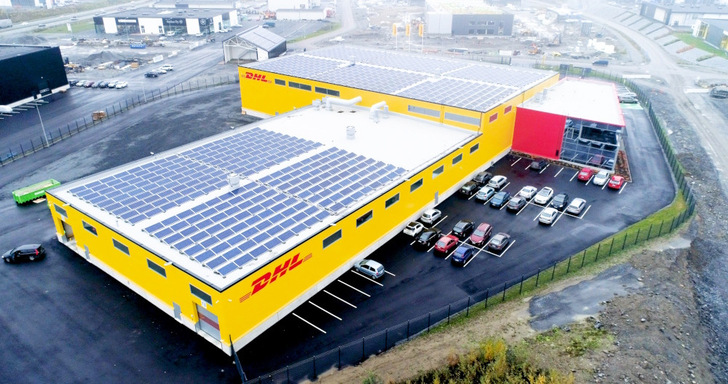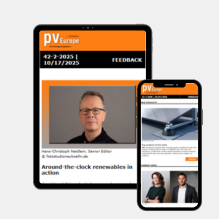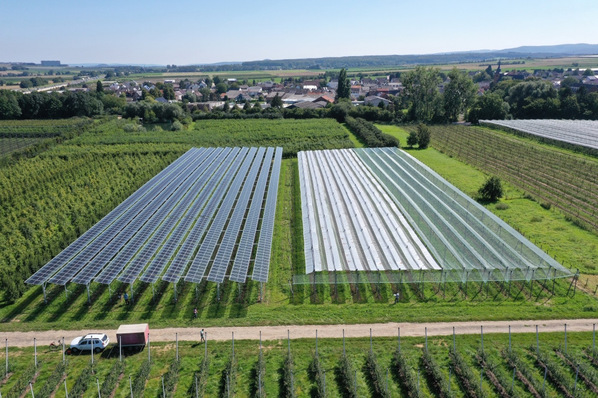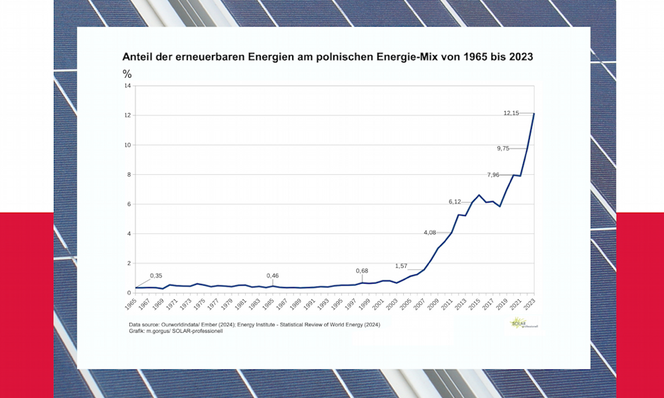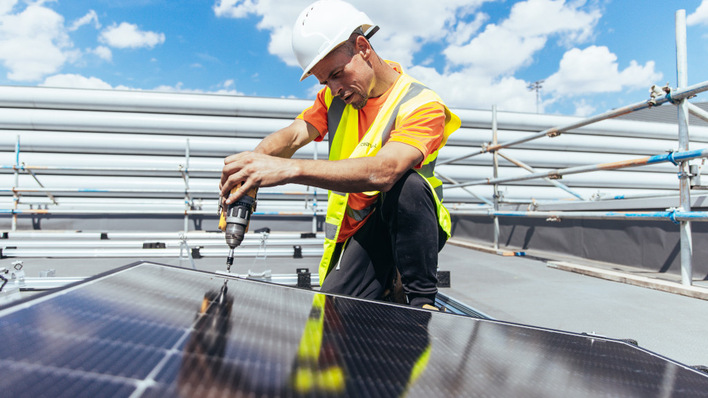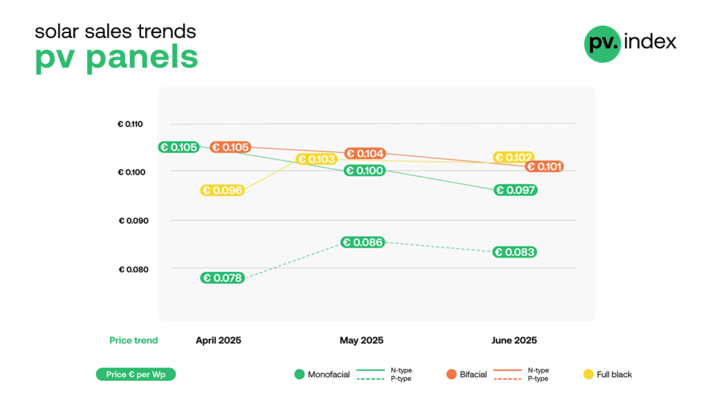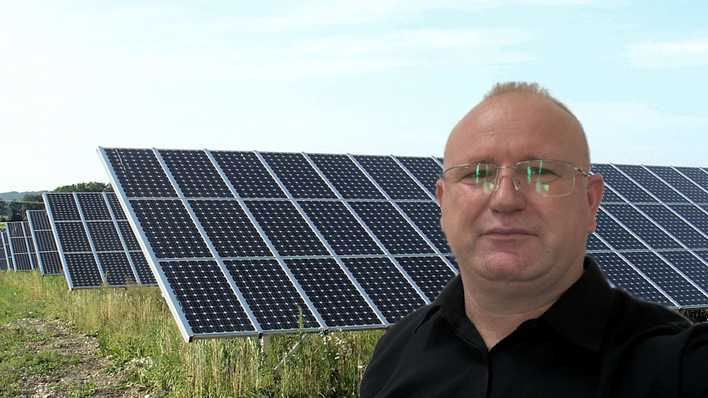With 12,500 properties worldwide, DHL is implementing measures at existing sites to meet its 2050 climate target, with solar integration playing a central role. The expansive roofs of its warehouses enable substantial PV installations, maximising on-site solar use.
“Everything we do is geared towards achieving zero emissions by 2050. We have a clear policy on solar energy, namely that every location is screened for solar potential. For existing locations, factors such as the size of the property and the length of the lease are taken into account when considering solar installations. However, we install solar panels on all new sites,” says Jussi Jylhä, Infrastructure Manager, Operations at DHL Supply Chain (Finland) Oy.
Local energy brings marketing benefits
Currently, 56% of DHL’s energy comes from renewable sources, with 94% of its electricity being predominantly green. To boost energy self-sufficiency and utilise locally generated power, DHL is installing solar panels across its properties.
In Pirkkala, DHL owns a property of approximately 4,000 square metres, where a solar energy system was installed by Solnet Group in 2019. While DHL participated in the project tender, construction was managed by an external contractor, with Solnet Group working directly with the building company.
Virtual power plant for solar companies to participate in balancing markets
“It is crucial for us to meet our emissions targets while also generating electricity right on site. We have also noticed the marketing benefits of solar energy in building our brand. For example, we use pictures and videos of our Pirkkala site in our sales materials,” says Jussi Jylhä.
Security a top priority
Security was a key consideration when selecting partners for the Pirkkala project—and its importance has only grown since. Solnet Group’s intelligent solar system, equipped with remote management and the ability to disconnect power to the panels, played a decisive role. “The security features and credentials of the Solnet Group solution convinced us, along with its price-performance ratio and suitable guarantees. In addition, Solnet provides production data displayed on screens in our lobby, which generates positive feedback and makes the solar installation visible. Despite its size, the solar array is not visible from the roof, so this way we can demonstrate its effect in reducing emissions and generating electricity,” Jylhä explains.
Best possible utilisation of a logistic property for PV
As advice for first-time solar array projects, Jylhä recommends engaging an experienced consultant who understands the factors affecting yields, system sizing, and technical specifications.
“If you have a reliable partner and a solar plant has been built with high-quality equipment, it is relatively maintenance-free to operate. Solnet Group does maintenance once or twice a year. We monitor and report on the system's output ourselves, and Solnet Group handles maintenance and monitors operations at the panel level. Integrating production overview has also been effortless,” says Jylhä. (hcn)


